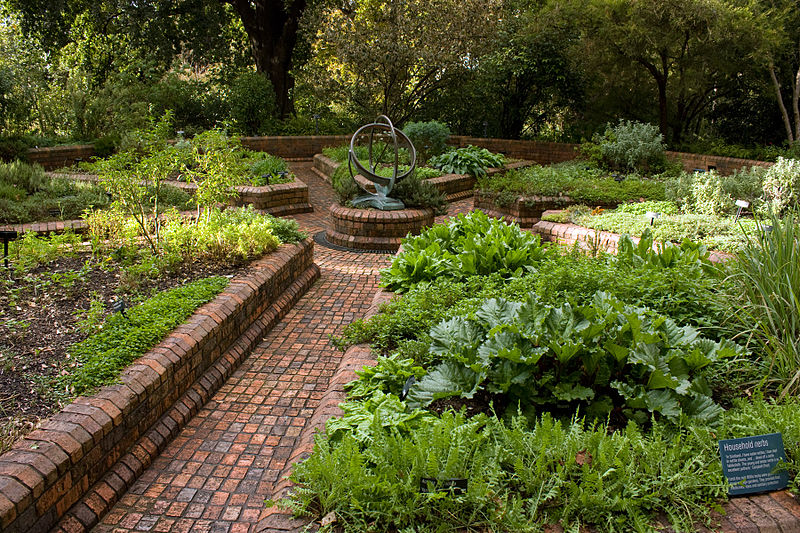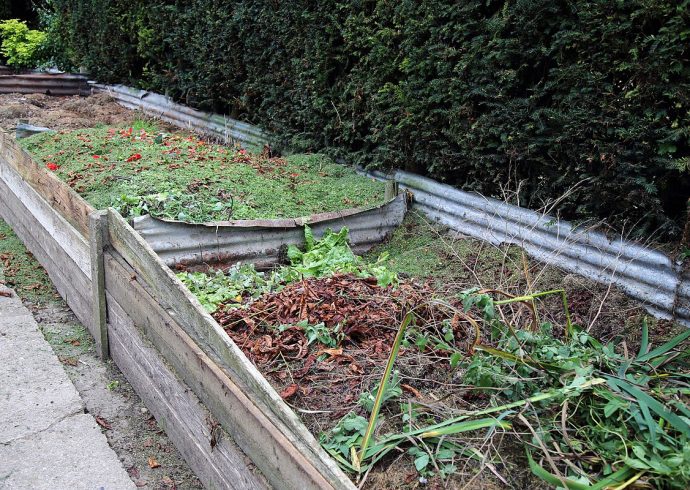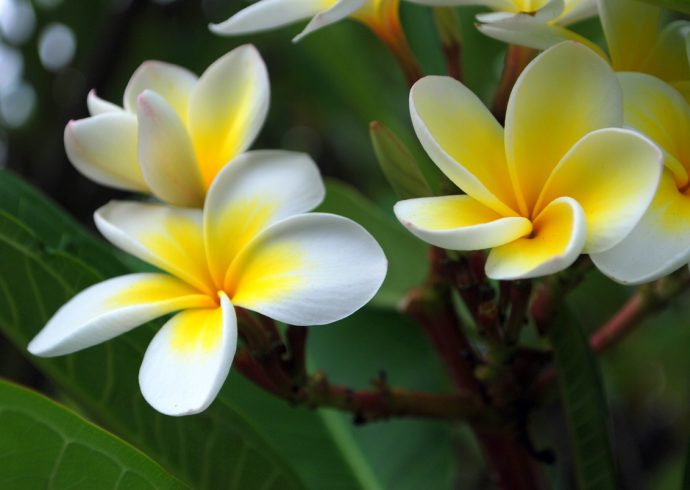
Planting a Middle Eastern Herb Garden
Every region of the world has its own special dishes that taste great depending on what types of seasonings are used and Middle Eastern food is no exception. Herbs such as anise, cinnamon, curry, and saffron have long been used to add that special taste to dishes of meat and vegetables from kebab to aubergine stew. Below is a list of some of the more popular herbs used in Middle Eastern cooking that you can plant in your garden:
Anise. This herb has the taste of licorice and is delicious with chicken and lamb dishes. They can be planted from seeds in the spring after the last frost. The seeds should be planted 1/4″ deep in well drained soil with a thin layer of soil sprinkled on top to cover the seed. Keep the seeds from 6 to 8″ apart as the plants can grow up to two feet in height. Once the seeds have germinated, water the plants once a week. When the plants are fully grown, the leaves and seeds from the heads of the flowers can be removed for cooking with.
Sweet Basil is sweet and goes well with tomatoes and other Mediterranean as well as Middle Eastern dishes. The seeds of this plant should be planted in moist soil after the last frost in the springtime. Lightly cover the seeds with soil and make sure they receive enough sunlight during the day. If necessary, thin the plants once they start to grow leaves. Water the plants once a week and when the plant is fully grown, snip off the leaves and use for cooking with. Keep the flowers removed so that the plants grow better.
Cilantro tastes like a mix of parsley and citrus fruits but it can be difficult to grow from seeds. Small cilantro plants can be purchased from your local nursery and planted in your Middle Eastern herb garden. Cilantro likes cooler temperatures so the early spring or fall is the best time to plant this in your garden. As a plant it doesn’t last long so the leaves should be used before it starts to grow seeds. The seeds can be saved for growing next year if you choose to grow them inside before transplanting the newly germinated seeds into the ground.
Mint plants are very easy to grow and tend to spread each year as they are perennials. These plants like rich soil so if necessary, add some compost to the plants to encourage healthy growth. If you choose to grow mint from seeds, plant them in the shade, before transferring the young plants to an area where they can receive full sunlight. Mint grows from 12″ to 18″ in height and should be spaced 18″ to 24″ apart. Water the mint plants once a week. Use the fresh leaves in cooking dishes such as mint flavored dugh, a type of Persian yogurt.
Nigella by itself has a very mild taste but when cooked in a dish provides a peppery taste. Nigella is easy to grow and the flowers are a pretty shade of blue when they blossom. The seeds of this plant should be sown directly into the ground after the last frost in full or partial sunlight. The seeds germinate better when partially exposed to sunlight so it is not necessary to add a layer of soil when they are planted in the ground. Nigella has a short life span each season so as soon as the plant reaches maturity, save the leaves from the plant for cooking. The seeds can also be saved and planted next year. Water them once a week and snip the tops of each plant so they can grow better.
Sesame seeds are delicious in any recipe and can even be used in making candy. Young plants can be started indoors from seeds then transplanted outside in the spring. The well drained soil should be kept moist as the plant grows. Mature plants can tolerate dry conditions and requires watering once a week or once every two weeks. The plant can grow from 5 to 6 feet in height. Remove the seeds from the mature plants and use them in cooking.
Turmeric grows from rhizomes, or roots. As an herb, it tastes like a combination of pepper and ginger. These can be purchased from a nursery and planted in well drained soil where they can receive full sunlight. Turmeric grows the best in humid climates and should be watered at least once a week. Once the plants reach maturity, snip off the leaves and use them fresh in cooking. At the end of the growing season, turmeric roots can be removed and saved for replanting next year.


